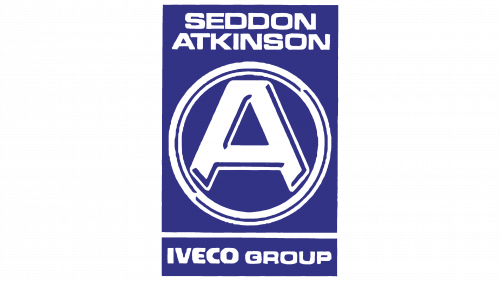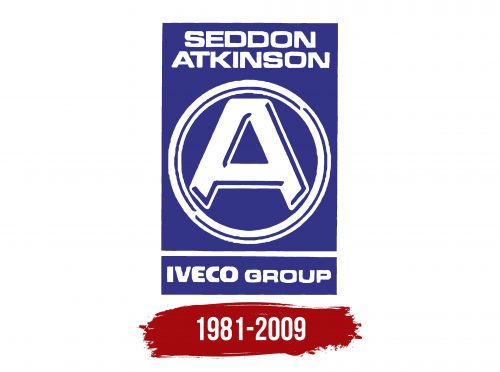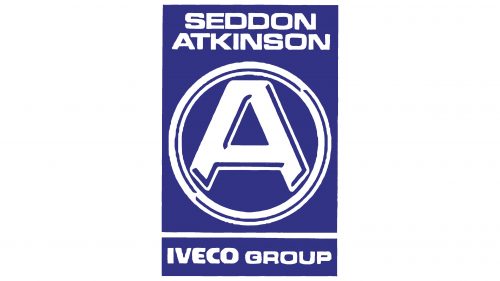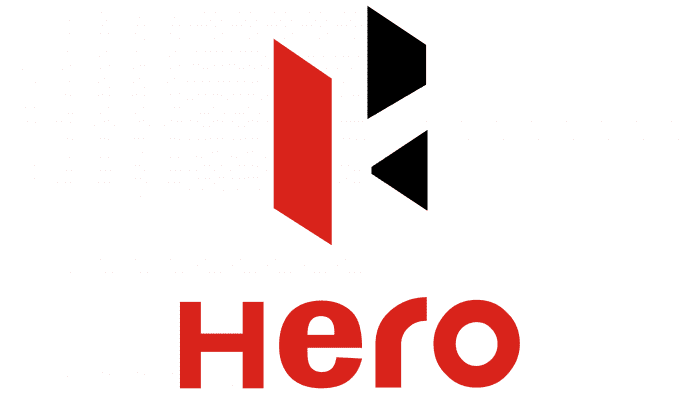The Seddon Atkinson logo confirms the seriousness of the British company’s range. Since its inception, the company has specialized in commercial vehicles. The emblem is as informative as possible within a small sign.
Seddon Atkinson: Brand overview
In 1970, two British vehicle manufacturers, Seddon and Atkinson Vehicles, merged to form a new company. The goal of this merger was to strengthen Seddon and Atkinson Vehicles’ position in the UK commercial vehicle market.
Robert and Herbert Seddon established their company in 1938 in Oldham, England. Initially in the bus business, they turned their attention to truck construction following World War II, quickly becoming well-known for building dependable and effective vehicles.
On the other side, Edward Atkinson established his company in Preston, England, in 1916. Known for its strong diesel engines, the business focused on making heavy trucks.
In 1970, these two businesses combined their resources and skills. After retaining both companies’ manufacturing facilities, the new company began making a variety of trucks, from medium to heavy-duty models.
1974 International Harvester, an American firm, purchased the newly formed company. This acquisition provided access to new technologies and increased export potential. As a division of International Harvester, the company continued to expand its range of trucks by introducing cutting-edge engineering and design.
The 1980s were a transformative decade. In 1983, the firm debuted the new 200 series trucks, one of its most popular lines. These trucks featured improved aerodynamics and a more contemporary look, increasing fuel efficiency.
In 1984, International Harvester sold the company to Enasa, a Spanish maker of Pegaso trucks. Enasa made this acquisition part of its plan to increase its market share in Europe. Under Enasa’s direction, the company retained its British identity while expanding its product line.
Another ownership shift occurred in 1991 when Fiat Group subsidiary Iveco, an Italian truck manufacturer, purchased the business. This transaction provided access to one of the biggest commercial vehicle manufacturers in Europe’s resources and technologies, ushering in a new era.
Under Iveco’s direction, the company continued truck production, preserving its name and some degree of independence. The business concentrated on producing specialist vehicles, especially for the construction and waste management industries.
Several new models were released in the 1990s and 2000s, such as the 400 series 1998 and an upgraded 400 series in 2005. These trucks were designed to meet increasing demands for efficiency and environmental sustainability.
Despite these efforts, the company had to deal with shifting market conditions and growing competition in the commercial vehicle industry. In 2006, Iveco declared it would no longer produce vehicles under the Seddon Atkinson name.
The company’s nearly 40-year history ended in 2009 when the last truck left the factory. The production facilities were then incorporated into Iveco’s larger operations.
This company’s history reflects the evolution of the European and British car industry in the second half of the 20th century. Throughout its history, the company evolved from an independent British manufacturer to part of a global conglomerate, adjusting to shifting market conditions and technological advancements.
Meaning and History
What is Seddon Atkinson?
The British company that produced trucks and other commercial vehicles was headquartered in Oldham, England. The merger of Seddon and Atkinson Vehicles formed it. The combined company manufactures various industries’ heavy trucks, garbage trucks, and other specialized vehicles. In the UK and many export markets, the brand’s vehicles were popular for their robust construction and reliability. The company’s trucks were highly valued in the construction and waste disposal sectors. Over its existence, the brand underwent several ownership changes before eventually becoming part of the IVECO group.
1970 – 2009
The Seddon Atkinson logo primarily showcases a businesslike character. Its serious tone stems from the type of equipment the manufacturer has dealt with for many years, as its main specialization is trucks for use in various industries.
The emblem’s base is a vertical blue rectangle with a slight purple tint. This provides a harmonious background for several white elements. The contrast is soft and unobtrusive, with no sharp color transitions. Blue symbolizes reliability, development, stability, and calmness. White represents purity, perfection, and sincerity. Together, they create a positive aura and harmoniously balance the image.
The center of the rectangle features a double ring with the letter “A” inside. The letter is blocky, massive, sans-serif, and uppercase. Its corners are rounded, and the legs are cut. The cut line is diagonal, with the short side facing outward, making it appear like the letter stands on sharp points. The glyph has right-side shadows, giving it a three-dimensional look. Shadows are also present on the ring, adding a sense of dynamism to the emblem.
Above the central circle is the brand name in a classic sans-serif font. The lack of serifs demonstrates openness and friendliness towards customers and a willingness to meet their needs by providing the best commercial vehicles. However, this font style was unsuccessful, as the manufacturer ceased operations.
The bottom part of the Seddon Atkinson logo features the parent company’s name. It is separated from the main elements by a horizontal line and executed in the corporate style—extra-bold rounded letters that are closely spaced, indicating a focus on support.





